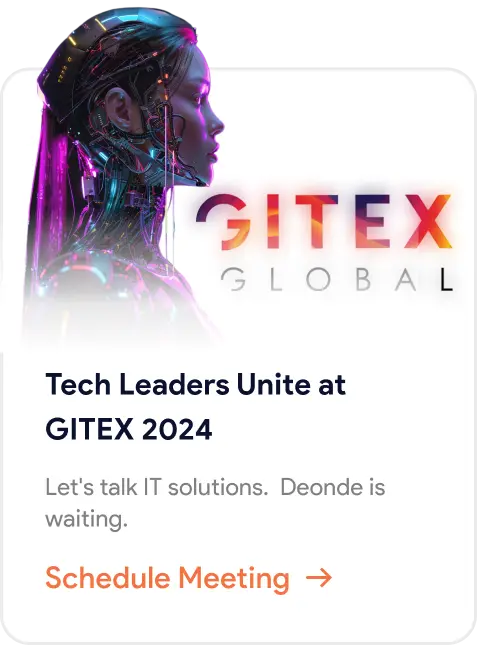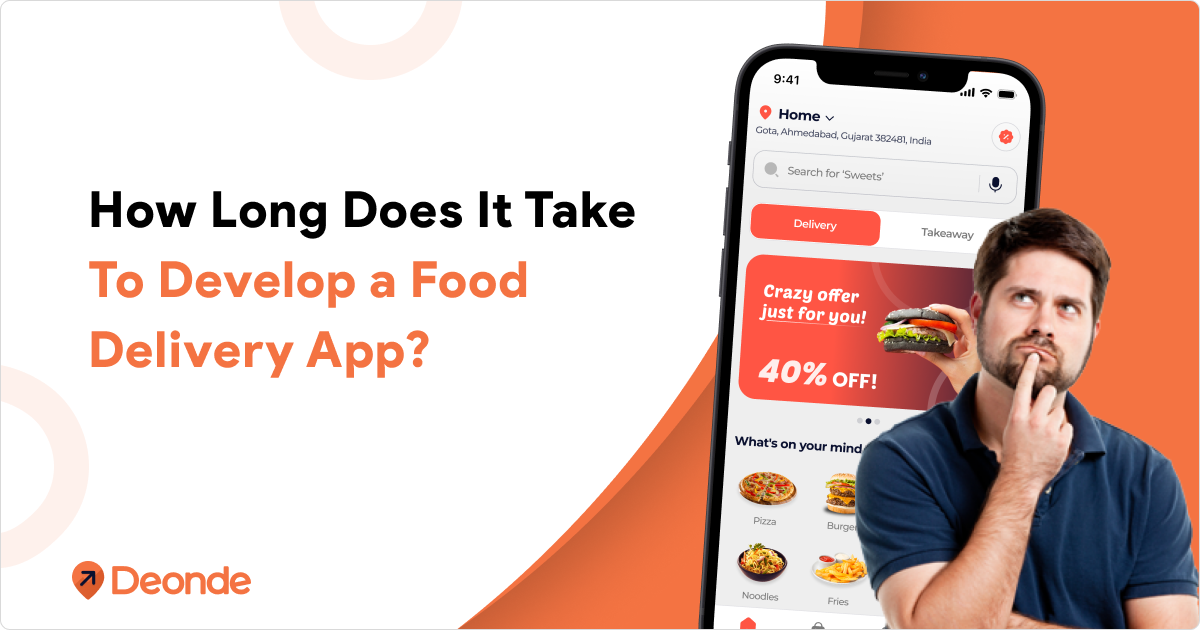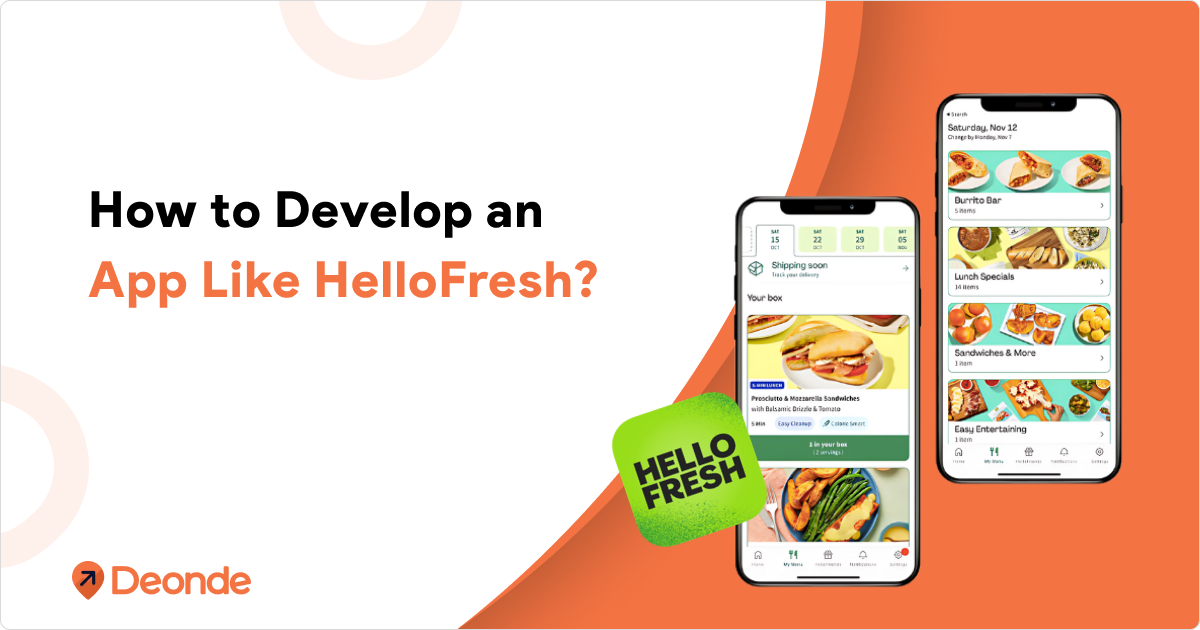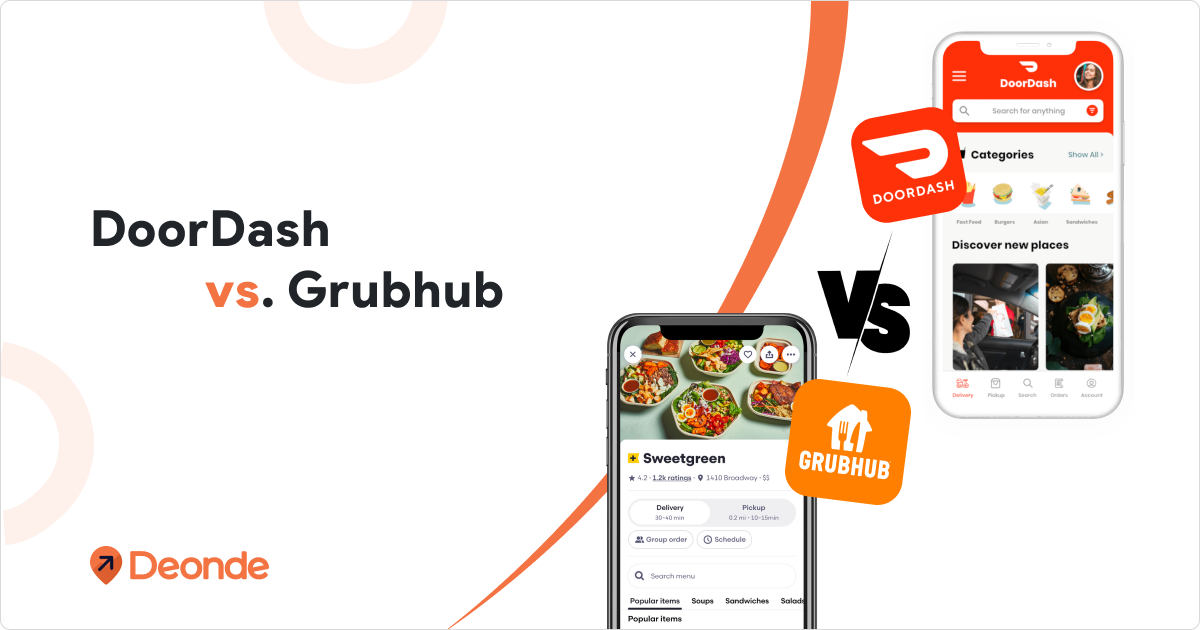In a world where convenience drives consumer decisions, food delivery apps have become indispensable. Entrepreneurs across industries are eyeing this space, hoping to capitalize on the growing demand for doorstep dining. But one question remains at the forefront of their minds: How long does it take to develop a food delivery app?
The answer isn’t always straightforward. Development timelines vary depending on several factors—some within your control and others that require strategic choices. While some assume it takes over a year to launch a fully functional app, this isn’t necessarily the case.
Here’s a unique perspective to consider: While a fully fledged, custom-built super-app certainly demands significant time, strategic approaches can dramatically cut this timeline. We’re talking about getting your core idea into the market much faster than you might imagine.
In fact, what if we told you that launching a scalable, customer-ready app could take as little as 1 week? By leveraging agile methodologies and powerful pre-built APIs, entrepreneurs can drastically reduce the food delivery app development timeline without compromising quality.
At Deonde, we’ve helped startups and enterprises go from idea to live MVP in under six months. This blog outlines the key variables that affect your timeline, shares our agile-first perspective, and helps you estimate the time and cost to develop a food delivery app, from planning to launch.
Factors Affecting Development Time

When you ask how long it takes to develop a food delivery app, there’s no single answer. The development timeline is a complex equation influenced by several key variables. Understanding these will help you set realistic expectations and make informed decisions.
Complexity of Features (MVP vs. Full-Fledged)
This is perhaps the most significant factor. An MVP (Minimum Viable Product) focuses on core functionalities, allowing you to launch quickly, gather user feedback, and iterate. A full-fledged app, on the other hand, includes a wide array of advanced features, integrations, and sophisticated user experiences, naturally requiring more development time.
Number of Platforms (iOS, Android, Web Admin, Rider App)
A complete food delivery ecosystem usually involves multiple applications: a customer app (iOS and Android), a restaurant/vendor app, a rider app, and a comprehensive web-based admin panel. Developing for each platform simultaneously or sequentially will impact your overall timeline.
Team Size and Expertise (In-house vs. Agency, local vs. remote)
The size, experience, and efficiency of your development team play a crucial role. An experienced agency or a well-structured in-house team with seasoned developers can significantly accelerate the process compared to a smaller, less experienced team.
Technology Stack (Custom vs. Off-the-shelf components, APIs)
Opting for a completely custom build from scratch will always take longer. Utilizing pre-built modules and open-source components and integrating with robust APIs for functionalities like payment gateways, mapping, and notifications can dramatically reduce development time.
Development Methodology (Agile vs. Waterfall)
Agile methodologies, with their iterative and flexible approach, often lead to faster delivery of working software and allow for adjustments along the way. Waterfall, a more linear approach, can sometimes extend timelines if changes are needed late in the cycle.
Scope Creep (Adding features mid-development)
One of the biggest culprits for project delays is “scope creep.” Continuously adding new features or making significant changes once development has begun can significantly inflate the timeline and budget.
Testing and Quality Assurance
Thorough testing and quality assurance are non-negotiable for a robust app. While crucial, this phase also adds to the overall development time. Skimping on QA can lead to a buggy app and a poor user experience in the long run.
The Power of Pre-Built Solutions & APIs
Time is a competitive advantage. Instead of reinventing the wheel, savvy entrepreneurs leverage pre-built food delivery platforms and third-party APIs to fast-track development.
At Deonde, we offer modular solutions that cut down foundational work by 50% or more. Need real-time delivery tracking? Integrate Google Maps or Mapbox APIs. Payment gateways? Plug in Razorpay or Stripe. Chat support? Use Sendbird or Twilio.
By integrating ready-made tools and focusing only on the unique value propositions, you can develop a launch-ready MVP in just 3 to 6 months. This provides faster market validation and quicker revenue generation—two crucial metrics for achieving early-stage success.
Steps to Develop a Food Delivery App

Regardless of whether you’re aiming for a rapid MVP launch or a comprehensive platform, the development process generally follows a structured path. Understanding these phases will give you a clearer picture of the journey.
Steps 1: Discovery/Planning (Requirement Gathering, Wireframing, UX/UI Design)
This initial phase is critical. It involves thoroughly understanding your business goals, target audience, and desired features. This translates into detailed requirement documents, wireframes (the blueprint of your app’s layout), and ultimately, the visually appealing user experience (UX) and user interface (UI) design.
Steps 2: Backend Development (APIs, Database, Server)
The backend is the brain of your app. It handles all the logic, data storage, and communication between the various components of the application. This includes setting up databases, building robust APIs that enable various components to communicate with each other, and configuring servers to handle user requests.
Steps 3: Frontend Development (User-facing apps—customer, restaurant, rider)
This is where your app comes to life for the user. Frontend developers build the actual interfaces for the customer, restaurant, and rider applications, ensuring they are intuitive, responsive, and visually engaging. This is what your users will interact with directly.
Steps 4: Quality Assurance & Testing (Bug fixing, performance)
Before launch, rigorous testing is essential. This phase involves identifying and fixing bugs, ensuring the app performs optimally under various conditions, and verifying that all features work as intended. Performance, security, and usability are key focuses here.
Steps 5: Deployment & Launch Store Submission
Once the app is thoroughly tested and ready, it’s deployed to live servers and submitted to app stores, such as Google Play and the Apple App Store. This involves meeting their specific guidelines and preparing all necessary assets.
Steps 6: Post-Launch (Maintenance, Updates, new features)
Launching is just the beginning. Post-launch involves ongoing maintenance to ensure smooth operation, regular updates to fix any new issues or adapt to platform changes, and the continuous addition of new features based on user feedback and market trends.
Average Cost of Food Delivery App
The cost of developing a food delivery app can vary significantly based on scope, geography, and team structure. Here’s a ballpark estimate:
- MVP (single platform): $15,000–$30,000
- Full-featured multi-platform solution: $50,000–$100,000+
- Maintenance & scaling (yearly): $10,000–$25,000
Using pre-built solutions like Deonde can reduce initial investment by up to 40%, with development resources already optimized for rapid deployment.
Conclusion
So, how long does it take to develop a food delivery app? The answer depends on what you’re building, but with a modern MVP approach and agile workflows, it doesn’t have to take more than 3 to 6 months.
For entrepreneurs, that’s a game-changer. You can validate your idea quickly, start earning revenue sooner, and pivot more effectively based on real-world feedback. Whether you’re entering a local market or planning to scale nationally, the right tech strategy can be your biggest advantage.
Looking to fast-track your food delivery startup? Let Deonde help you build smarter, faster, and more efficiently. Reach out to explore tailored solutions that match your vision and budget.




